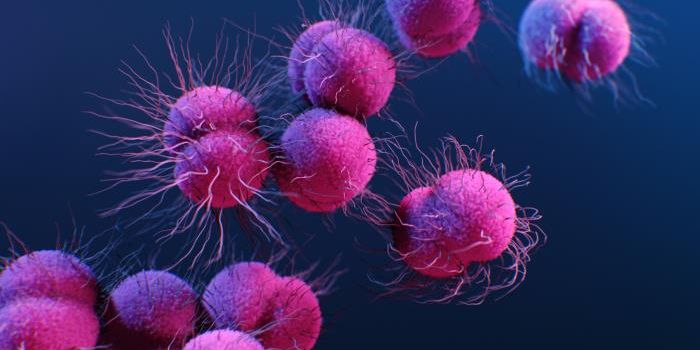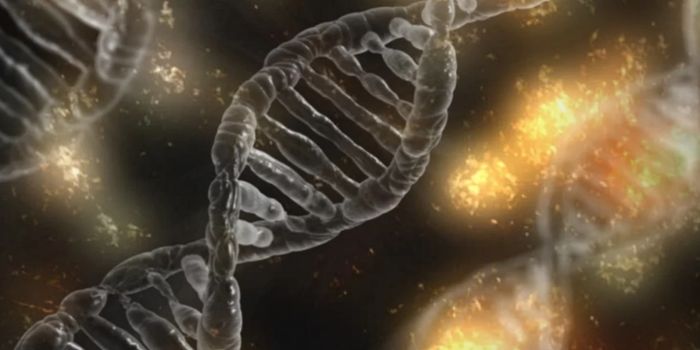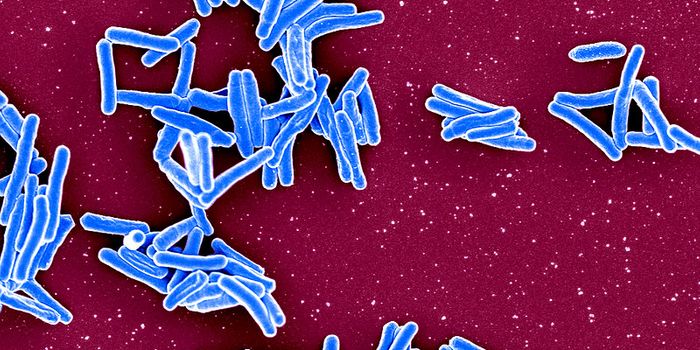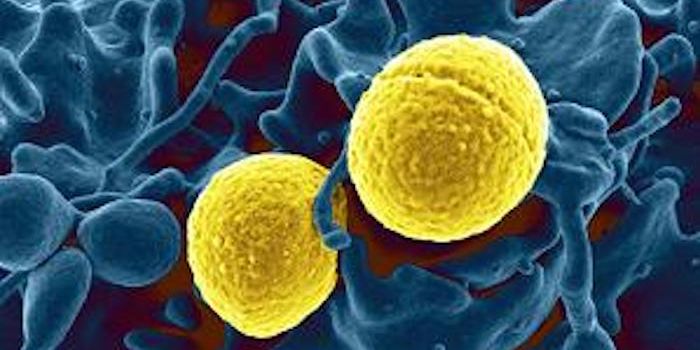Heme-Loving Plant Peptide Could Have Many Applications
Symbiotic relationships enable organisms to use one another, usually to the advantage of both. Legume plants can live in symbiosis with some bacteria that grow in their roots. Researchers have now found that there are legume plants that generate hundreds of peptides that benefit those root microbes. They identified one molecule in particular, which soaks up available heme, and could benefit us too. The findings have been reported in Nature Microbiology.
Heme can bind to iron, and when all available iron is taken up by this peptide, the bacteria enter iron-starvation mode, triggering them to produce ammonia (NH3). Plants can use the nitrogen in that ammonia as a nutrient.
Rhizobia are bacteria that can convert nitrogen gas to ammonia, a crucial reaction that renders nitrogen useful to plants. This is a vital step in our planet's nitrogen cycle.
A clover-like plant called Medicago truncatula has been shown to generate around 700 peptides that encourage the formation of bacteroids, which are created when nitrogen-fixing bacteria form nodules that eventually end up inside plant cells. The peptides help the bacteria transition from free-living microbes to embedded symbiotes that fix nitrogen.
In this study, the researchers focused on one peptide called NCR247. They found that exposure to this peptide alters the expression of about 15 percent of the genes expressed by nitrogen-fixing bacteria. Many genes are involved in iron import. Further work revealed that NCR247 can bind to heme that contains iron.
"This is the first of the 700 peptides in this system for which a really detailed molecular mechanism has been worked out," said senior study author and Howard Hughes Medical Institute investigator Graham Walker, the American Cancer Society Research Professor of Biology at MIT. Walker's lab has been investigating the relationship between legumes and rhizobia for decades.
The scientists determined that when NCR247 enters bacterial cells, it collects most of the heme there, which causes the cells to import more iron from their environment.
"Usually bacteria fine-tune their iron metabolism, and they don't take up more iron when there is already enough," said said lead study author Siva Sankari, an MIT research scientist. The "cool" thing about this peptide is that it overrides the cell's mechanism, allowing it to indirectly regulates a bacterium's iron content. So this peptide may also have therapeutic applications.
The heme-sequestering peptide could have beneficial uses in treating a variety of human diseases, the researchers suggested. Removing free heme from the blood could help to treat diseases caused by bacteria or parasites that need heme to survive, such as P. gingivalis (periodontal disease) and toxoplasmosis, or diseases such as sickle cell disease and sepsis that release too much heme into the bloodstream.
"This study demonstrates that basic research in plant-microbe interactions also has potential to be translated to therapeutic applications," said Sankari.
Heme serves a critical role as part of hemoglobin, which ferries oxygen in blood But free heme can be dangerous, and several diseases cause heme to circulate freely. Free heme can cause inflammation and cell death, and it can also build up in blood that is being stored. NCR247 could aid those conditions. Some parasites don't produce heme, but they need it. This work also showed that when the parasite Toxoplasma gondii was exposed to NCR247, the parasite could not form plaques on human cells, likely because the parasite needs free heme, which was no longer available.
"There are many possible directions, but they're all at a very early stage," Walker said. "The number of potential clinical applications is very broad. You can place more than one bet in this game, which is an intriguing thing."
Sources: Massachusetts Institute of Technology, Nature Microbiology









